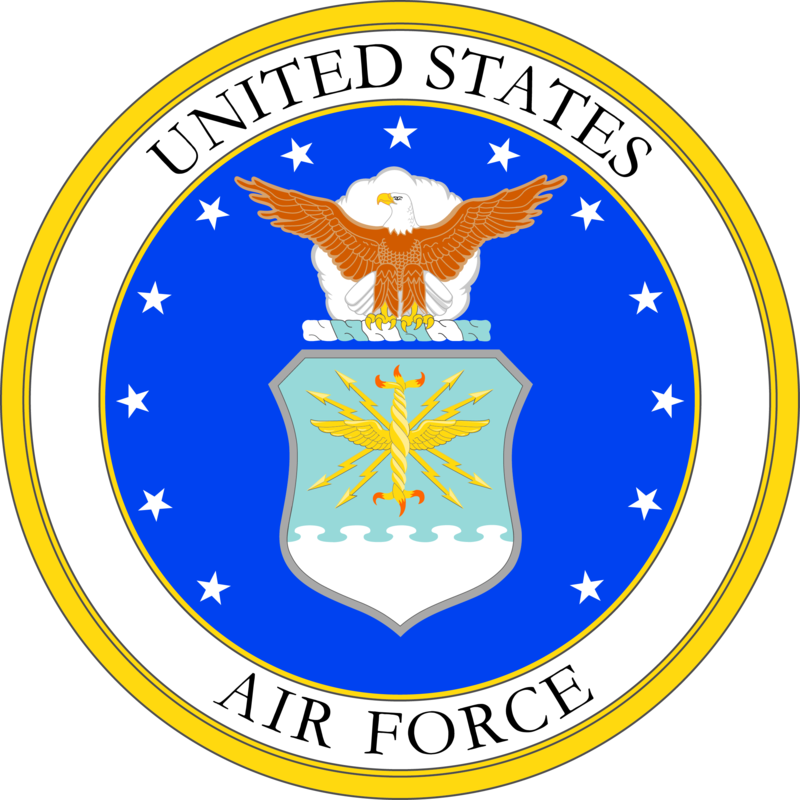ABOUT 351 CES (SAC)
- Full Name and Affiliation: The 351st Civil Engineering Squadron (CES) was a unit of the United States Air Force, assigned to Strategic Air Command (SAC), primarily at RAF Mildenhall, United Kingdom.
- Cold War Mission: The 351 CES played a vital role in maintaining and constructing facilities critical to SAC's nuclear deterrence mission during the Cold War, supporting bombers, tankers, and alert facilities.
- Emergency Response: The squadron was trained for rapid airfield repairs and base recovery after attack (BRAAT) to ensure operational continuity in the event of wartime damage.
- Support for Air Refueling: The 351 CES provided essential engineering support for the 351st Air Refueling Squadron and the KC-135 Stratotankers, which were key to SAC’s global reach.
- CONUS to Europe: The squadron was originally formed in the United States but was stationed in Europe to support forward-based nuclear forces under NATO commitments.
- Disaster Relief: Members of the 351 CES participated in humanitarian and disaster relief operations, utilizing their construction expertise for local and NATO community benefit.
- Deactivation: Following the end of the Cold War and SAC’s disestablishment in 1992, the 351 CES was inactivated or reorganized under different command structures.
- Heritage: The squadron’s distinctive unit insignia incorporated traditional Air Force engineering symbols and SAC’s iconic shield, reflecting its dual engineering and deterrence roles.
- Adaptation to New Missions: In the late 1980s and early 1990s, the 351 CES adapted to changing missions, including supporting airlift operations and temporary deployments during Operation Desert Storm.
- Legacy: Veterans of the 351 CES have continued to share unit camaraderie and stories through reunions and online groups, preserving the squadron’s unique contributions to USAF and SAC history.

